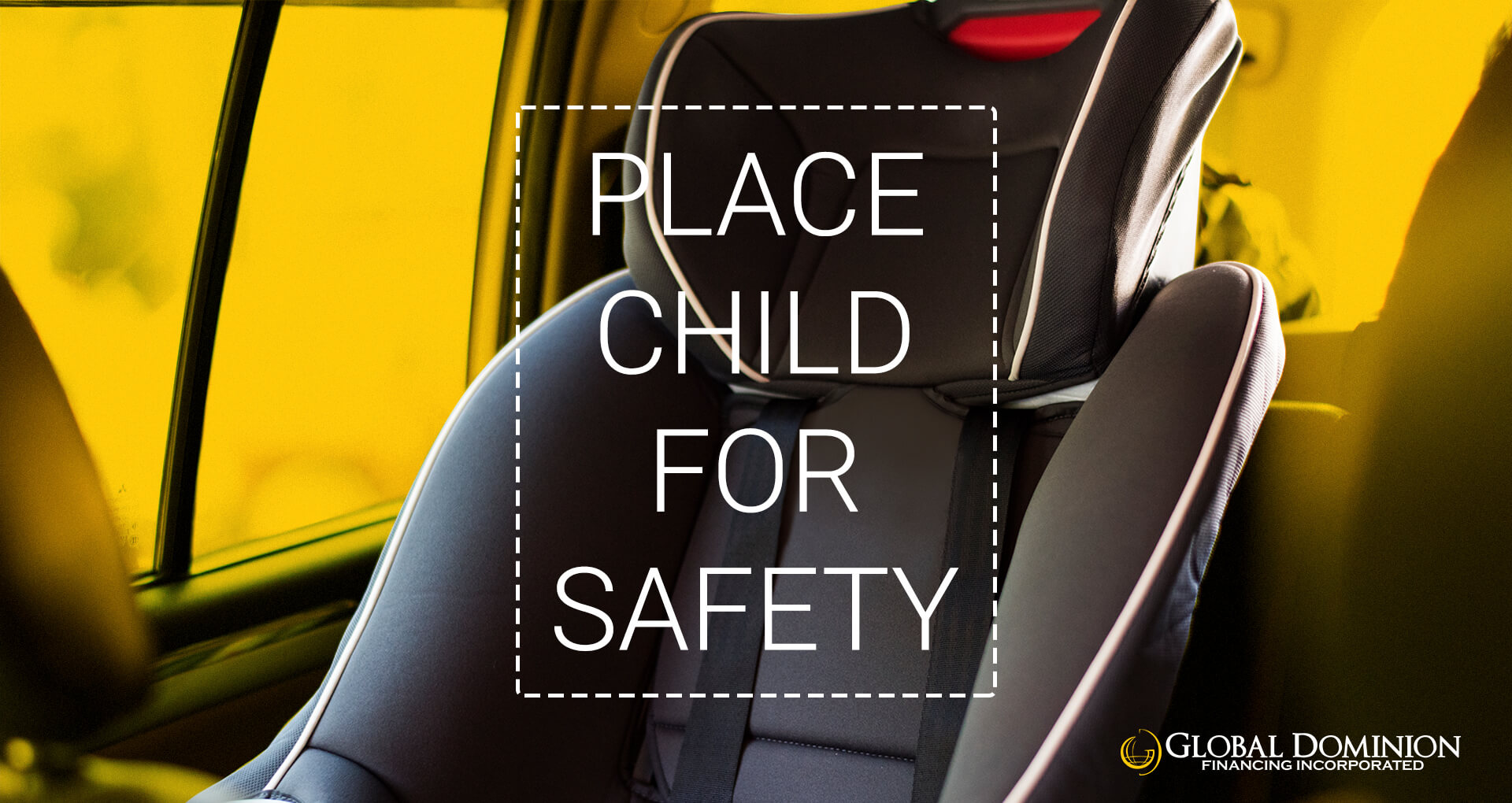What is the Child Car Seat Law in the Philippines?

The promulgation of the child car seat law is sensible and appropriate with the alarming cases of road accidents in the country. Although the implementation is moved indefinitely, this law will certainly be part of a driver’s or car owner’s life. Here’s what we know so far:
What is the Child Car Seat Law?
The Republic Act 11229 is known as the Child Safety in Motor Vehicles Act promulgated two years ago. It requires the use of car seats when transporting young passengers in private vehicles. The child restraint systems (CRS) cover children with ages up to 12 years old or if the youngster is shorter than 4’11 inches or 150 centimeters. Like RA 8750 or the seat belt law, this law aims to protect drivers and passengers from road accidents.
RA 11229 is meant to be enacted this month as the Implementing Rules and Regulations of the car seat law are previously signed and approved. However, various cases are cited needing essential changes in the IRR to strengthen its purpose. This period gives the Filipinos a leeway to prepare for the observance of the new law by installing CRS on their motor vehicles.
The law does not apply to public utility and emergency vehicles.
What are the provisions of the RA 11229?
The car seat law or RA 11229 states the following provisions:
- Child security in a vehicle
According to this law, children who are 12 years of age and below in a driving car (or when the engine is on) should be in a baby seat or any appropriate child restraint device.
- CRS requirements
The child restraint products must be appropriate to the height, weight, and age of the kid. The product should have stickers or marks that signify Philippine Standard (PS) Quality and/or Safety Mark and Import Commodity Clearance (ICC).
Stickers that are tampered with, altered, and forged will be deemed a violation. The fines range from 50,000 to 100,000 for each non-standard CRS.
- Adult supervision
Children with the aforementioned ages are not allowed to be left alone inside a vehicle. The accompanying adult caught leaving the child will be subjected to a penalty.
- Front seat
Children of the said ages are now prohibited to be in the front seat of a vehicle. Only children 12 years of age (provided the kid’s height is 150 centimeters or 4’11 inches) can occupy the front seat and be secured with a seat belt.
What are the penalties of Child Car Seat Law violations?
Violating the law will incur these penalties:
- 1st offense – P1,000
- 2nd offense – P2,000
- 3rd and succeeding offenses – P5,000 and/or a 12-month suspension of driver’s license
Why is the child car seat law proposed?
Child Safety in Motor Vehicles Act comes in various versions in different parts of the world, all of which aim at the same thing. That is to protect our children should there be an accident on the road.
In 2018, World Health Organization released a report that the occurrence of road traffic deaths reaches 1.25 million every year. Road traffic is deemed to be the leading cause of death among young people with ages from 15 to 29 years old worldwide. It is also the sixth leading cause of death among children ages 0 to 9 years old around the globe.
WHO also reported that 90% of these deaths involving road accidents usually take place in low-income and middle-income countries, which makes the RA 11229 relevant in the Philippines. In fact, in our country, for every 100,000 Filipinos, about 10,000 of them die due to road crashes.
Again, in 2018, based on the Health Policy Notes reported by the Department of Health, the demise of children of ages 0 to 17 years old is due to road crashes. This makes it the second leading cause of death among Filipino children, next to drowning.
Does the size of your car matter?
A statement made rounds on the internet: have bigger cars for these required child restraint devices. While this does not seemingly guarantee absolute safety from unexpected road mishaps, this allows your car to have more room for booster seats. This will definitely increase the protection rate for your children without leaving your car interior crowded. And all of you will still enjoy the comfort of your vehicle throughout the travel.






